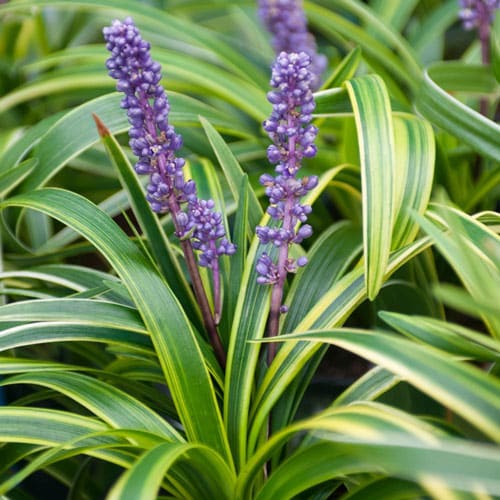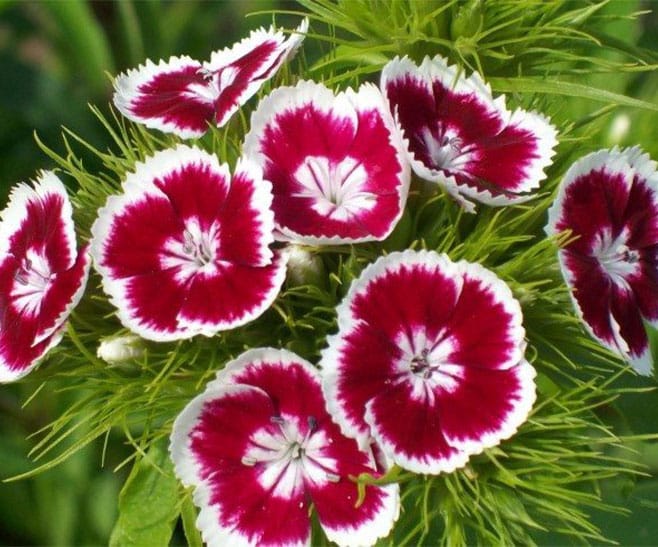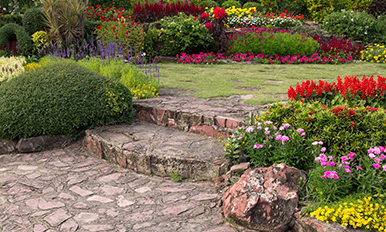
Industry Leading
We pride ourselves on delivering the
best services in the industry.
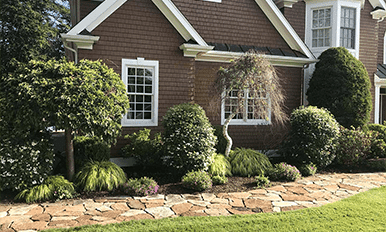
Schedule by Phone
Call Us Any Day 8am – 6pm
(203) 438-1060

Satisfaction Guaranteed
It’s simple, we aim to please.
100% satisfaction guaranteed.
Liriope Variegated Basic
The scientific name for Liriope Variegated is Liriope muscari. This plant is also commonly known as Monkey grass, lily turf, variegated liriope, border grass, and big blue lily turf. Liriope Variegated plants are evergreen perennials that belong to the Asparagaceae family. These plants are native to Asia and can be found in countries such as China, Japan, Korea, and Taiwan.
Liriopemuscari ‘Variegata,’ a perennial that has a grass-like appearance, is variegated lilyturf. This plant gets some brightness and individuality from the lovely creamy yellow stripes around the edges of its blades. Light purple blooms start to grow in the late summer and emerge tucked in the foliage. Although this perennial is drought and deer-resistant everywhere it is grown, it can be evergreen in warmer areas.
Different Types of Liriope Variegated
Liriope Muscari and Liriope Plummera are the two types of
liriope spicata. Here is how to tell them apart.
Native Varieties
Some of the most popular native varieties include:

Alba

Bicoloore
This variety has blue flowers and green leaves.
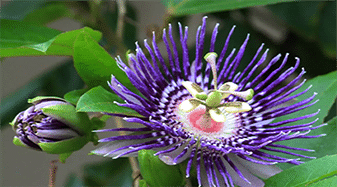
Caerulea
This variety has blue flowers and dark green leaves.
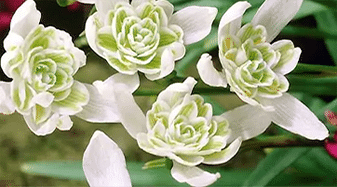
Flore Pleno
This variety has double flowers and dark green leaves.
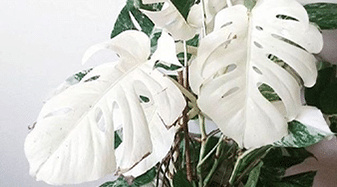
Variegata
This variety has white flowers and variegated leaves.
Hybrid Varieties
There are many hybrid varieties of Liriope Variegated plants in addition to native varieties. Some of the most popular hybrid varieties are:
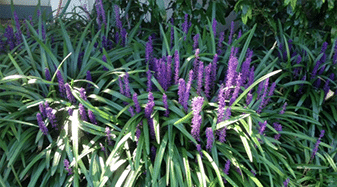
Evergreen Giant
This variety has blue flowers and dark green leaves. It can grow up to 36 inches tall and 24 inches wide.
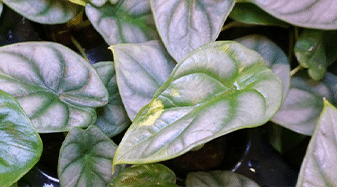
Silver Dragon
This variety has white flowers and silver-colored leaves. It can grow up to 24 inches tall and 12 inches wide.
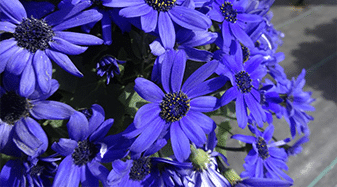
Super Blue
This variety has blue flowers and dark green leaves. It can grow up to 24 inches tall and 12 inches wide.

Cultivation and History
Liriope Variegated plants were first introduced to the United States in the late 1800s. These plants were initially grown as ornamental plants in gardens and landscapes.
In recent years, Liriope Variegated plants have become increasingly popular for use in groundcover, erosion control, and mass planting. These plants are also often used as border plants or edging plants.
What does a Liriope Variegated Symbolize?
Liriope Variegated plants are often used in landscaping because of their beauty and symbolism. These plants symbolize strength, courage, and determination.
How to Plant, Grow, and Care for Liriope Variegated
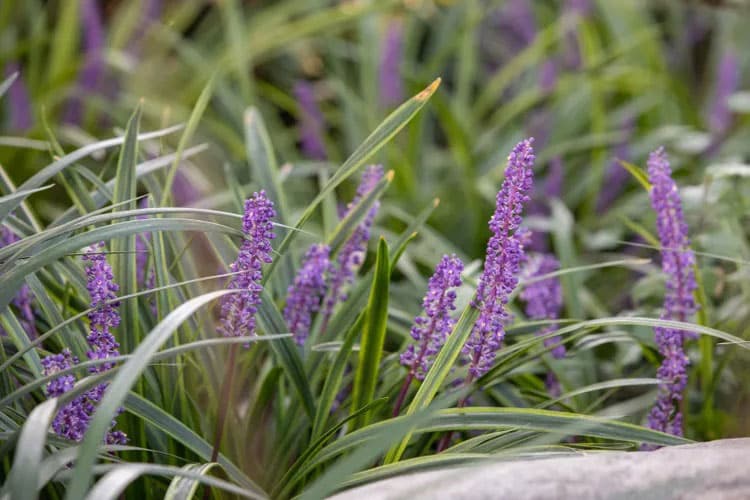
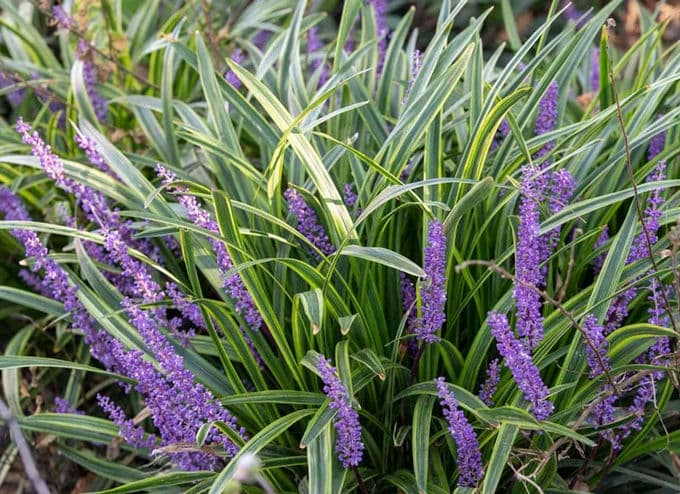
How to Plant Liriope Variegated
The transplanting area should be prepared before dividing the liriope plants. Digging across the entire planting area and amending it with compost is recommended. Once soil is loosened, the healthiest divisions can be planted in with their roots spread out over small mounds. Plants can be set 12 inches apart on center in offset rows for ground cover.
Plants take approximately 2 years to form a solid mass. Water in well. Water daily to every few days for the first few weeks depending on time of year and weather conditions. When transplanting in the summer, the plant will be less stressed if its foliage is trimmed back and the plants receive plenty of water. Working on an overcast day or providing a temporary shade structure is also helpful.

An overview of another method for planting Liriope from seed.
- Harvest your seeds. Harvest your liriope seeds from the flowers of a blooming plant. Trim a few stems with robust flowers, and leave them to dry in a warm place. You can remove the seeds from your flowers after they have dried.
- Prepare your seeds. Twenty-four hours before you want to plant your seeds, prepare a bowl of warm water to soak your seeds in. Let your seeds soak.
- Germinate your seeds. Germinating your seeds before you plant them helps speed up the growing process. You’ll do this inside in a planting tray filled with moist and sterile soil. Bury your seeds in the tray at least one inch apart, then cover with ¼ inch potting soil. Mist the seeds with water and wrap them in a large bag to create a greenhouse effect. Place your tray in a warm area of your home and moisten it regularly. Seedlings should sprout within a month, at which point you can plant your liriope in the ground.
- Choose your location. Liriope grows well in full sun or partial shade, and if it is well-established it can even tolerate very little sun. Choose a location in your garden that gives it the right amount of sunlight.
- Prepare your soil. Liriope grows best in well-draining soil that is slightly acidic to neutral. Make sure to loosen your soil lightly with a trowel when you’ve chosen your spot.
- Plant your liriope. Delicately dig up your liriope seedlings to make sure that their nascent root structures stay intact. Plant your seedlings in the holes you’ve dug in your garden. Leave one foot of space between multiple liriope plants. Water your seedlings immediately after planting.
When to Plant Liriope Variegated
Liriope can survive winter in temperate climates, so it can be planted anytime between early spring and late summer. Planting in the fall is also possible in warmer climates, but planting in the spring and summer will give your liriope the best chance of thriving. Liriope thrives in a variety of light conditions and grows well in USDA hardiness zones 4 to 10.
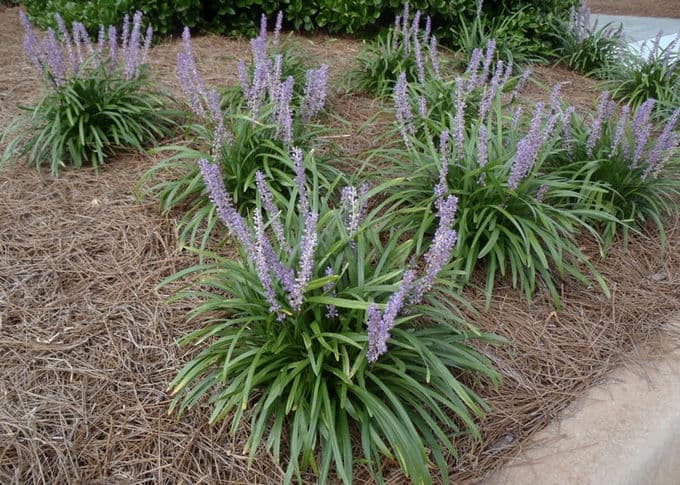
Choosing and Preparing a Planting Site
The majority of dianthus varieties thrive in bright sunlight. While drought and partial shade are tolerated, dianthus grows best in moist, well-drained soil with full sun exposure.
Soil Needs:
Prefer Sandy and well-drained soil
Sun Needs:
Prefer full sun to partial shade.
Water Needs:
Should be watered deeply and regularly.
Nutrients and Fertilizer Needs:
Should be fertilized regularly with a slow-release
Insects and Plant Disease:
Resistant to insect pests and disease
Soil Needs
Prefer Sandy and well-drained soil
Sun Needs
Prefer full sun to partial shade.
Water Needs
Should be watered deeply and regularly.
Nutrients & Fertilizer Needs
Should be fertilized regularly with a slow-release
Insects and Plant Disease:
Resistant to insect pests and disease
Liriope Variegated Planting Process
Variegated Liriope is an excellent border plant, particularly along sidewalks and pathways. Their graceful grassy appearance adds softness and elegance along edges even while making the transition from lawn to garden beds simple and easy. The bright variegated leaves of this Variegated Liriope make a super living mulch and plant that highlights partially shaded beds and brings a sense of light into darker plantings; when planting, space 12-15″ apart.
Liriope is one of the best choices for a care-free attractive erosion control in soggy soil. Use in containers and around water features for graceful elegance.

Uses of Liriope Variegated in Your Garden


Air Purification

Noise Reduction
Liriope Variegated plants can also help to reduce noise pollution in your home. These plants will absorb sound waves and reduce noise levels.
Add One To Your Garden Today!


